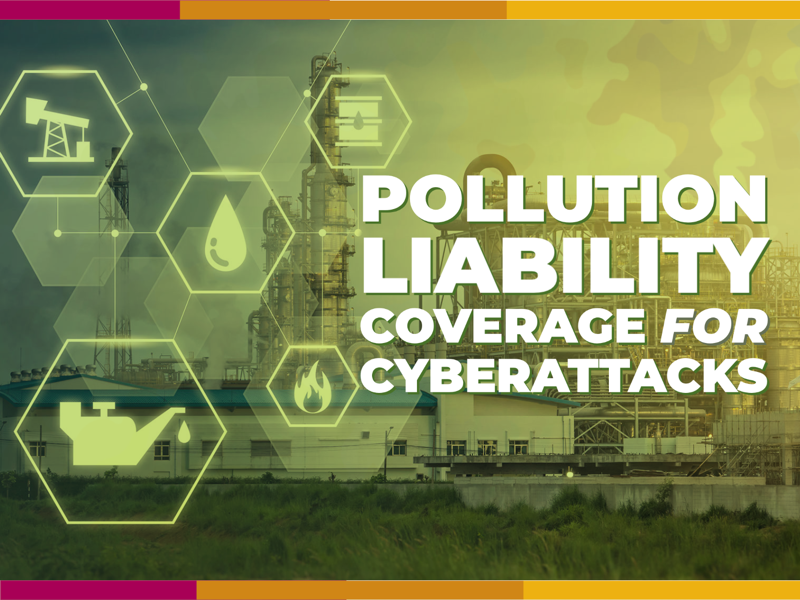Cyberattacks performed by hackers target computers, digital systems, and their users. They impact operations, controls, navigation, and warning systems in almost any industry. In the environmental sector, they have been known to impede dam operations, HVAC, plumbing, and security systems. In short, anything that depends upon computers can be the target of hackers.
Cyberattack at Wastewater Treatment Plant
A recent cyberattack at a wastewater treatment plant caused 300,000 gallons (about half the volume of an Olympic-size swimming pool) of raw sewage to spill into a river and flood the grounds of nearby businesses. Hackers reprogrammed equipment to run at unsafe speeds, raised temperatures, opened valves, and change pressures. This created pollution liabilities and threatened human and environmental health.
Is Your Business Vulnerable to Cyberattacks?
Any business using computers is vulnerable to a cyberattack. In a recent Nat Alliance Now podcast series and whitepaper, we discussed how cybercrime and cyber exposures are rising. Despite that, most cyber policies exclude pollution liabilities caused by a cyberattack.
Businesses susceptible to hackers must have an environmental financial assurance plan to address pollution liabilities caused by hackers. Financial assurance can be obtained in the form of a letter of credit, bond, monies in escrow, captive, or pollution insurance.
Do You Sell Cyber Insurance?
If you sell cyber insurance, make sure you cover pollution losses caused by cyberattacks. Failing to, may result in relying solely on the insurance agents E&O insurance coverage when an insured experiences pollution liability from a cyberattack.
As an example, an environmental insurance carrier’s definition of a pollution incident includes the following wording: “the discharge, dispersal, release, seepage or escape of any pollutant into or upon land, or any structure on land, the atmosphere or any watercourse or body of water, including groundwater, that results directly from a cyberattack.”
Pollution Insurance Fills Cyber Coverage Gaps
Pollution insurance policies are designed to fill in coverage gaps created by standard property and casualty policies such as pollution exclusions in cyber policies. Compared to the cost of other financial assurance mechanisms, pollution insurance costs the insured fractions of a cent. Pollution policies can cover first-party cleanup, onsite and offsite third-party bodily injury, and property damage. They can also cover business income, transportation pollution liability, legal fees, investigation costs, first-party business income and much more.














































